How to Choose the Right Sanitary Pipe Fittings for Your Plumbing Needs
Choosing the right sanitary pipe fittings is crucial for ensuring the efficiency and safety of plumbing systems in both residential and commercial settings. According to a report by the Global Plumbing Fittings Market, the demand for high-quality sanitary pipe fittings is projected to grow by 6% annually, underscoring their importance in maintaining hygiene and preventing cross-contamination in various applications, from healthcare facilities to food processing plants. With numerous materials and configurations available, selecting the appropriate fittings can significantly impact water flow, pressure management, and overall system longevity. This guide will provide essential insights and considerations to help you navigate the complexities of sanitary pipe fittings, ensuring optimal performance and compliance with industry standards.
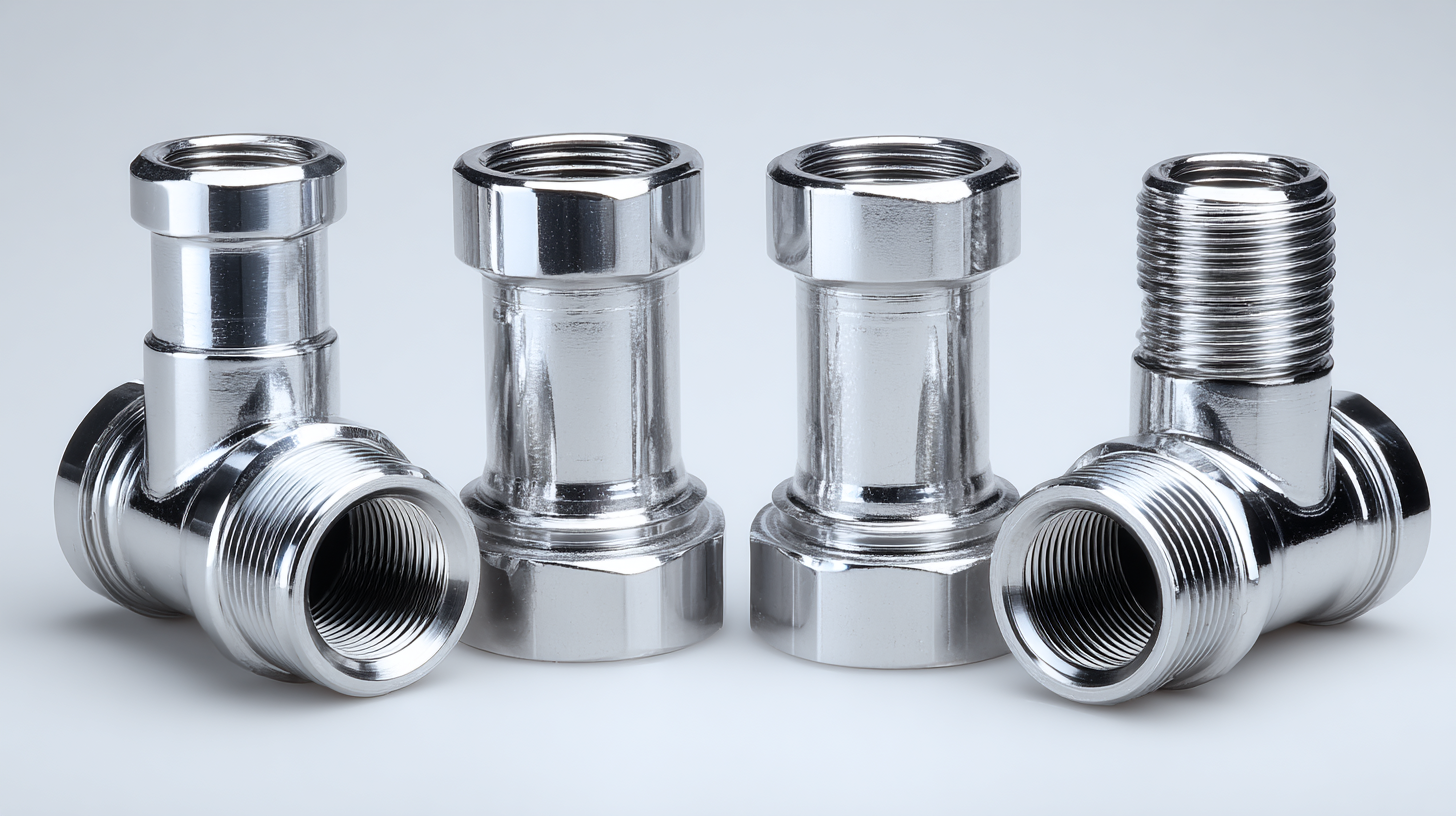
Understanding Different Types of Sanitary Pipe Fittings for Your Plumbing System
When selecting the appropriate sanitary pipe fittings for your plumbing system, it is essential to understand the different types available and their applications. Sanitary fittings, primarily utilized in industries such as food and beverage, pharmaceuticals, and chemical handling, are designed to maintain the integrity and hygiene of fluid systems. According to a recent report by Research and Markets, the global market for sanitary fittings is expected to grow significantly, reaching an estimated value of $20 billion by 2025. This growth highlights the increasing recognition of the importance of using quality fittings in ensuring system safety and compliance with health regulations.
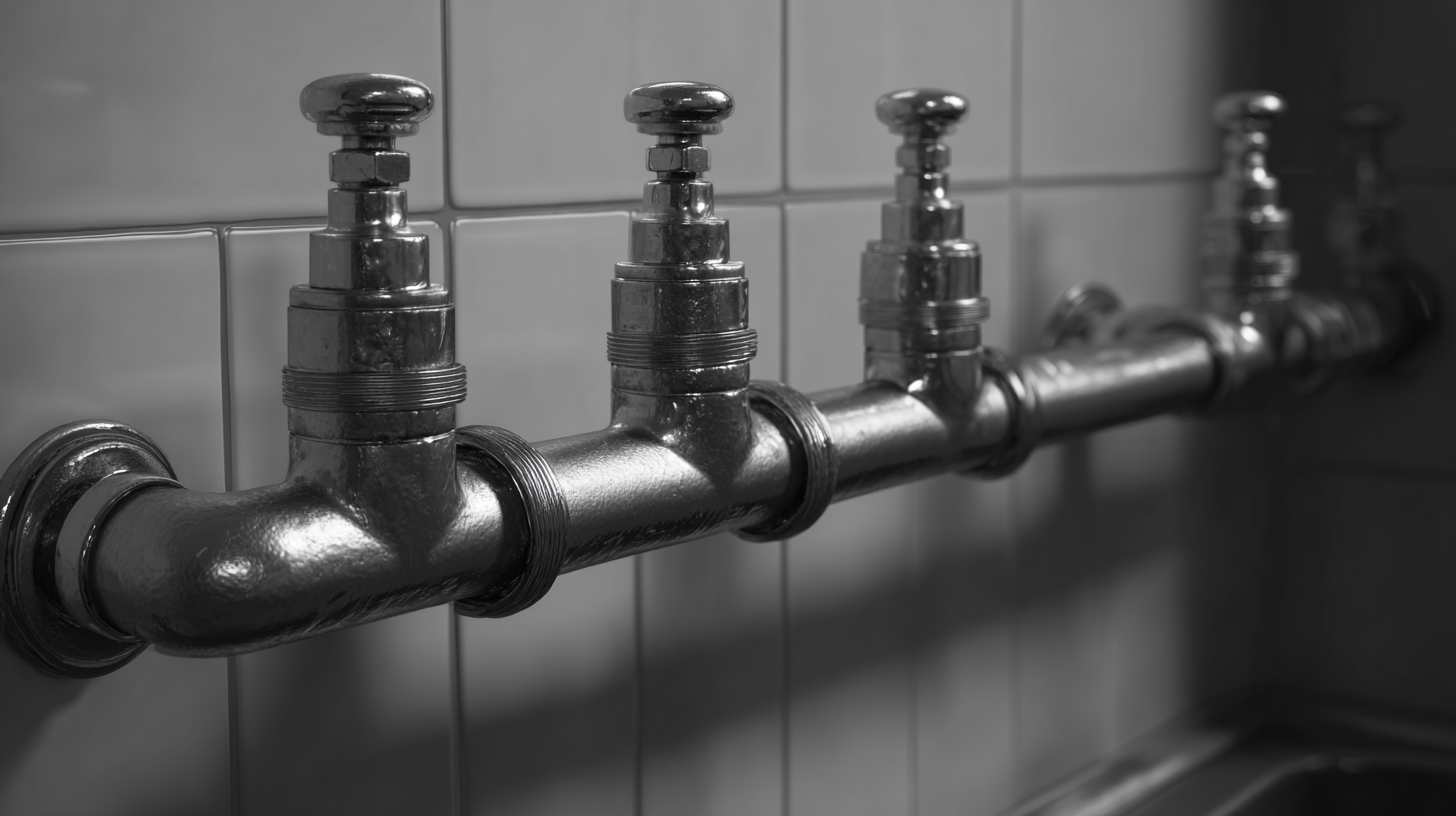
Several types of sanitary pipe fittings are available, including clamps, elbows, tees, and reducers, each serving a specific role within a plumbing system. For example, sanitary clamps are essential for secure connections, allowing for quick disassembly and sanitation—a critical factor in hygienic applications.
Elbows and tees facilitate directional changes in piping, while reducers enable transitions between different pipe sizes to maintain efficient flow. The choice of fittings not only affects the performance and durability of your plumbing system but also impacts maintenance requirements and contamination risk, making it vital to choose components that meet industry standards and specifications.
Assessing Material Options for Durability and Compatibility
When selecting sanitary pipe fittings for plumbing applications, the choice of material is critical for ensuring durability and compatibility with various systems. According to a report by the American Society of Sanitary Engineering, the longevity of plumbing installations can be significantly influenced by the materials selected. Materials such as stainless steel and PVC are commonly favored for their resistance to corrosion and chemical influences, making them suitable for environments with varying pH levels and temperatures.
Stainless steel, particularly grade 304 and 316, offers excellent mechanical properties and is well-suited for high-pressure applications. The same ASSE report notes that stainless steel fittings can last over 50 years in properly maintained systems, underscoring their reliability. In contrast, PVC fittings are lightweight and cost-effective, making them popular in residential plumbing; however, their thermal resistance is limited, and they can become brittle over time when exposed to UV light. Understanding these material characteristics is vital for choosing fittings that align with your plumbing needs, ensuring both performance and safety for your installations.
Evaluating Sizes and Dimensions for Optimal Plumbing Performance
When selecting sanitary pipe fittings, understanding sizes and dimensions is crucial for achieving optimal plumbing performance. Accurate fitting sizes ensure that fluid dynamics are maximized, preventing issues such as leaks or blockages. According to industry reports, the diameter of the pipe fittings should not only match the existing plumbing system but also consider the volume of fluid being transported. For example, in larger commercial applications, opting for fittings that accommodate higher flow rates can significantly improve efficiency, as undersized fittings can lead to pressure drops and increased energy consumption.
In addition, the material composition of the fittings plays a significant role in long-term performance. Different materials have varying resistance to corrosion and temperature fluctuations, which is critical in plumbing systems that handle diverse liquids. A recent assessment of plumbing components highlighted that brass and stainless steel fittings are often favored for their durability and longevity, particularly in environments where chemical exposure is a concern. Ensuring that the selected fittings meet or exceed standard dimensional tolerances can provide added assurance that the plumbing system will function effectively over its intended lifespan.
Sanitary Pipe Fittings Size Comparison
Identifying Application-Specific Fittings for Efficient Installations
When selecting sanitary pipe fittings, it's crucial to identify application-specific fittings that cater to your plumbing needs. According to a report by Grand View Research, the global sanitary pipe fittings market size was valued at approximately $7 billion in 2022 and is expected to grow significantly due to the rising demand for hygiene and sanitation across various industries. This growth highlights the importance of choosing the right fittings that not only meet regulatory standards but also enhance efficiency during installation.
Different applications require specific types of fittings to ensure optimal operation. For instance, in food and beverage processing, fittings must comply with stringent hygiene standards. The use of stainless steel fittings is prevalent in this sector, as they resist corrosion and bacteria growth, which is emphasized by the Food and Drug Administration’s guidelines. Conversely, in HVAC systems, cost-effective PVC fittings may suffice. It’s essential to consider factors such as material compatibility, installation methods, and pressure ratings to avoid costly mistakes and ensure long-term reliability of your plumbing system.
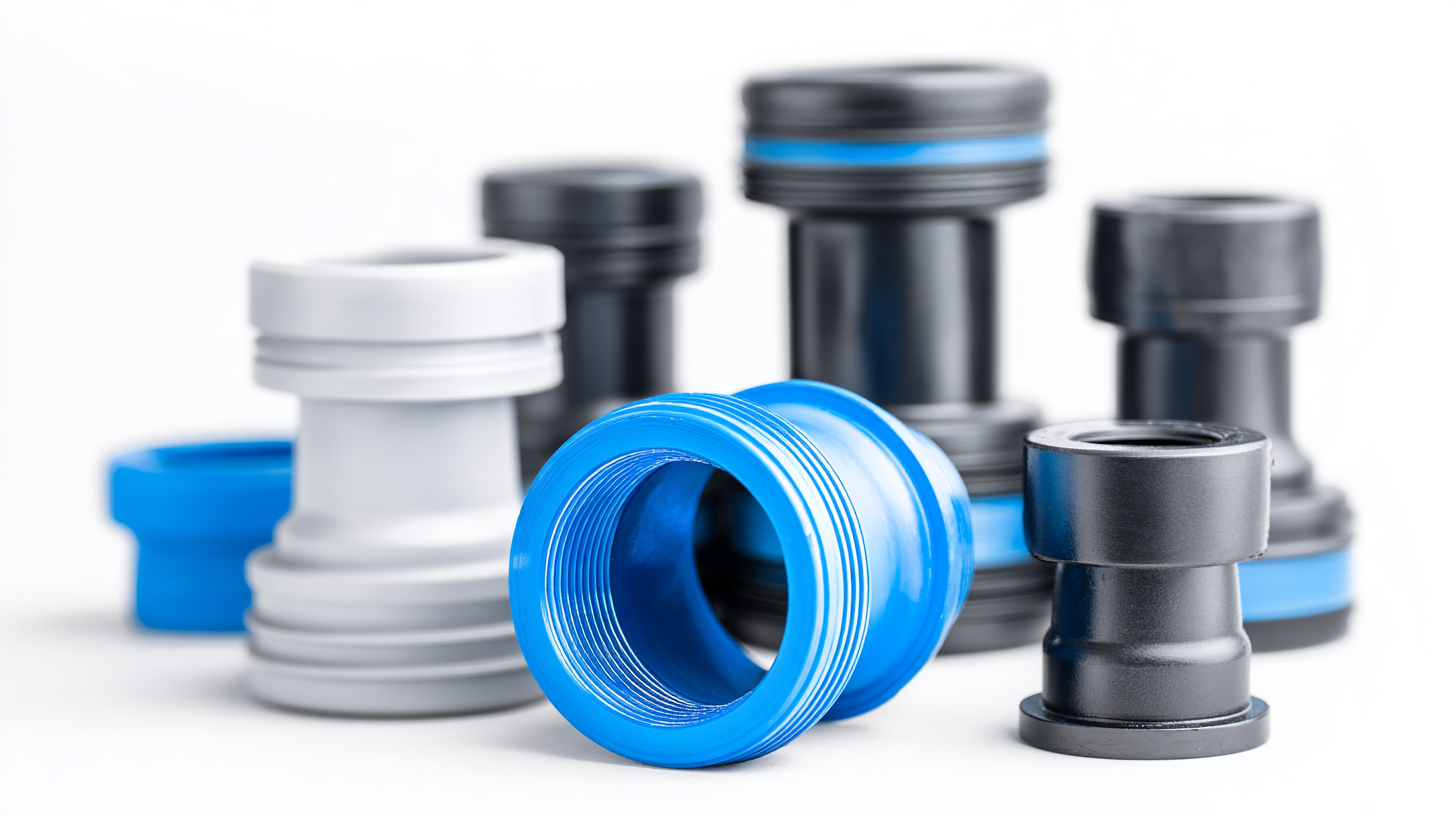
Tips for Installation and Maintenance of Sanitary Pipe Fittings
When it comes to installing sanitary pipe fittings, proper preparation and technique are crucial for ensuring a long-lasting plumbing system. First, always choose the right tools for the job; using a pipe cutter instead of a hacksaw can offer a cleaner cut and minimize the risk of leaks. Before installation, ensure all surfaces are clean and dry, as this will improve the seal and performance of the fittings.
Additionally, pay attention to the torque specifications when tightening fittings. Over-tightening can lead to damage, while under-tightening can cause leaks. It’s also wise to use thread seal tape on threaded joints to enhance sealing. Regular inspections of your fittings are essential; check for signs of wear or corrosion, and address any small leaks immediately to prevent larger issues later on.
In terms of maintenance, make it a habit to flush your system periodically to prevent blockages and buildup. Ensure that your sanitary fittings are compatible with the substances they will carry, as certain materials may degrade over time when exposed to specific chemicals. By following these tips, you can ensure that your sanitary pipe fittings remain in optimal condition for years to come.
How to Choose the Right Sanitary Pipe Fittings for Your Plumbing Needs
| Fitting Type | Material | Suggested Use | Size Options (inches) | Installation Tips | Maintenance Tips |
|---|---|---|---|---|---|
| Elbow | PVC | Drainage Systems | 1-2 | Ensure proper alignment | Inspect for leaks regularly |
| Tee | Copper | Water Supply Systems | 1-3 | Use soldering for joints | Check for corrosion |
| Coupling | Stainless Steel | Chemical and Food Processing | 1-4 | Use thread seal tape | Clean with non-corrosive cleaners |
| Adapter | ABS | Ventilation Systems | 1-1.5 | Heat the joint for better fit | Inspect joints for wear |
| Cap | PPR | End of Pipe Systems | 1-2 | Clamp securely | Replace if damaged |
Related Posts
-

7 Best Practices for Choosing Sanitary Pipe Fittings for Your Business
-

How to Choose the Best Fittings Sanitary for Your Plumbing Needs
-
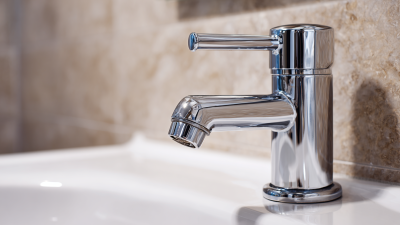
How to Choose the Right Sanitary Fittings for Your Plumbing Needs
-
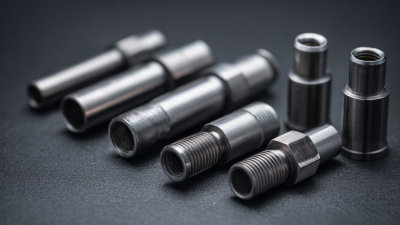
Understanding the Types of Tubing Fittings for Optimal Performance
-

7 Reasons Why Sanitary Valves Are Essential for Food and Beverage Industry
-
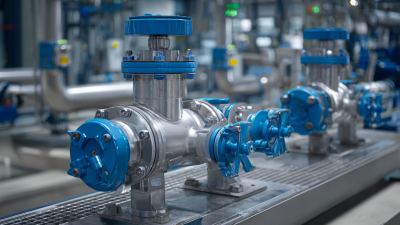
10 Best Plug Valves: Unlocking 20% More Efficiency in Your Piping Systems